County: Dallas
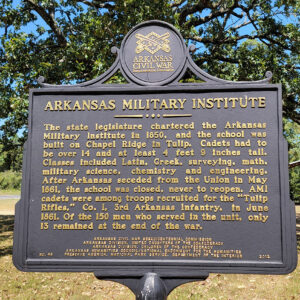 Arkansas Military Institute Marker
Arkansas Military Institute Marker
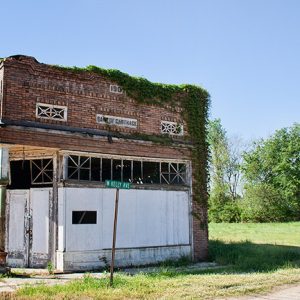 Bank of Carthage
Bank of Carthage
Bank of Carthage
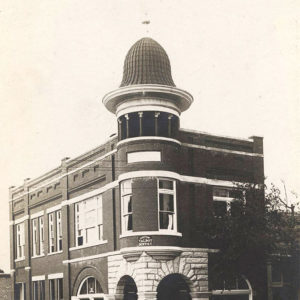 Bank of Fordyce
Bank of Fordyce
 Banks Home
Banks Home
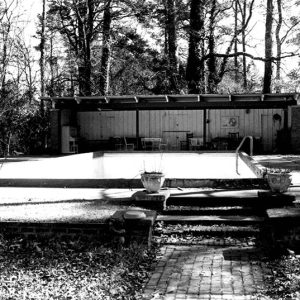 Banks Swimming Pool
Banks Swimming Pool
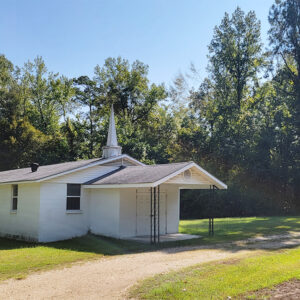 Bethel AME Church
Bethel AME Church
Brazeale Homestead
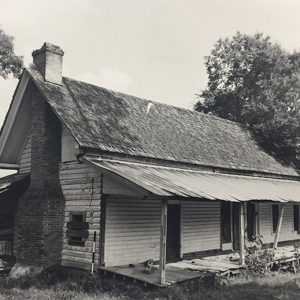 Brazeale Homestead
Brazeale Homestead
 Brazeale Homestead
Brazeale Homestead
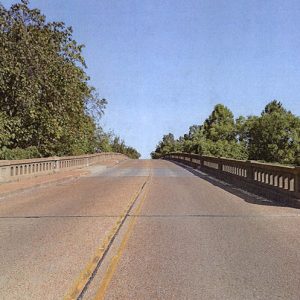 Bridge Street
Bridge Street
 Bridge Street Bridge
Bridge Street Bridge
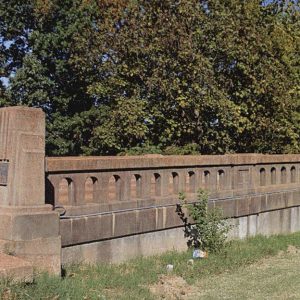 Bridge Street Bridge Guard Rail
Bridge Street Bridge Guard Rail
 Bridge Street Bridge Support
Bridge Street Bridge Support
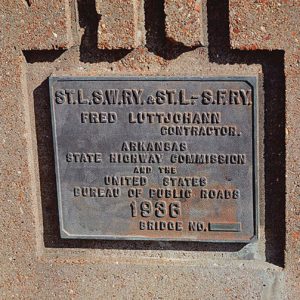 Bridge Street Dedication Plaque
Bridge Street Dedication Plaque
Bryant, “Bear”
aka: Paul William Bryant
 "Bear" Bryant Exhibit
"Bear" Bryant Exhibit
Butler-Matthews Homestead
 Butler-Matthews Homestead
Butler-Matthews Homestead
Captain Goodgame House
Carthage (Dallas County)
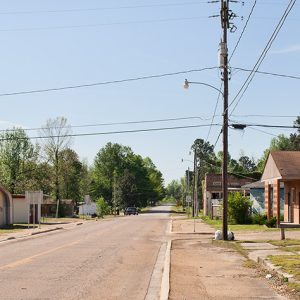 Carthage Street Scene
Carthage Street Scene
Charlotte Street Historic District
Compton, Freeman Walker
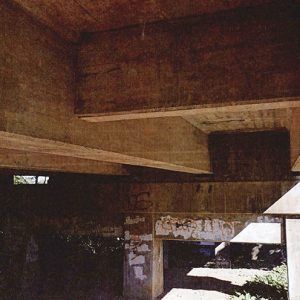 Construction Detail
Construction Detail
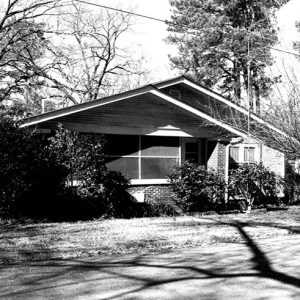 CSHD Home
CSHD Home
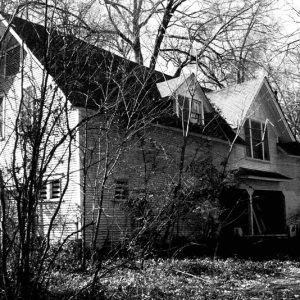 CSHD Home
CSHD Home
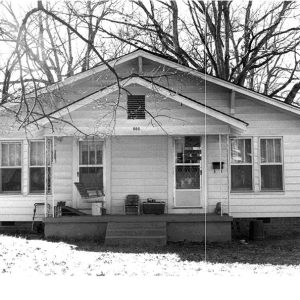 CSHD Home
CSHD Home
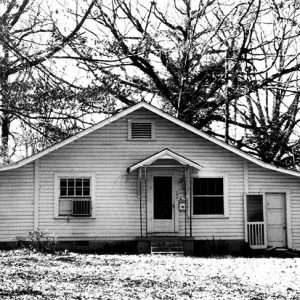 CSHD Home
CSHD Home
 CSHD Home
CSHD Home
 CSHD Home
CSHD Home
 CSHD Home
CSHD Home
 CSHD Home
CSHD Home
 Entering Dalark
Entering Dalark
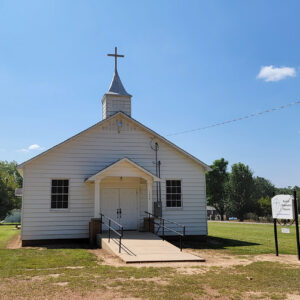 Dalark Church
Dalark Church
Dallas County
Dallas County Courthouse
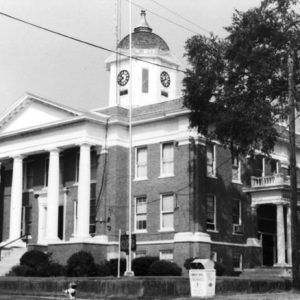 Dallas County Courthouse
Dallas County Courthouse
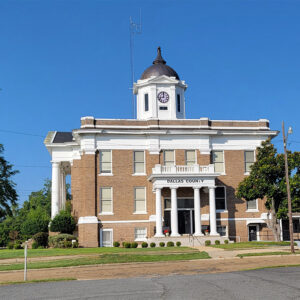 Dallas County Courthouse
Dallas County Courthouse
 Dallas County Map
Dallas County Map
Dallas County Museum
 Dallas County Museum
Dallas County Museum
Dallas County Training School High School Building
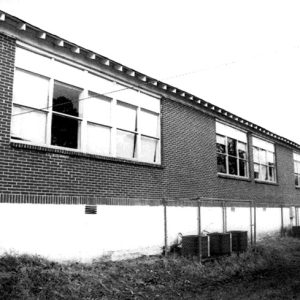 Dallas County Training School High School Building
Dallas County Training School High School Building
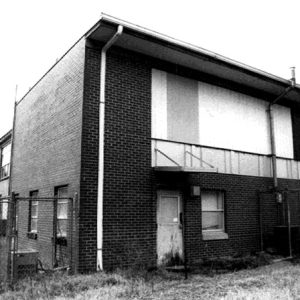 Dallas County Training School High School Building
Dallas County Training School High School Building
 Dallas County Training School High School Building
Dallas County Training School High School Building
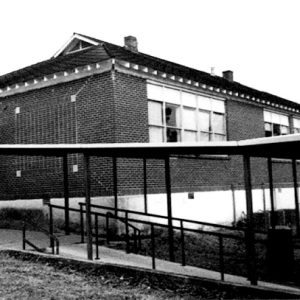 Dallas County Training School High School Building
Dallas County Training School High School Building
 Dallas Theater
Dallas Theater
 George Dallas
George Dallas




